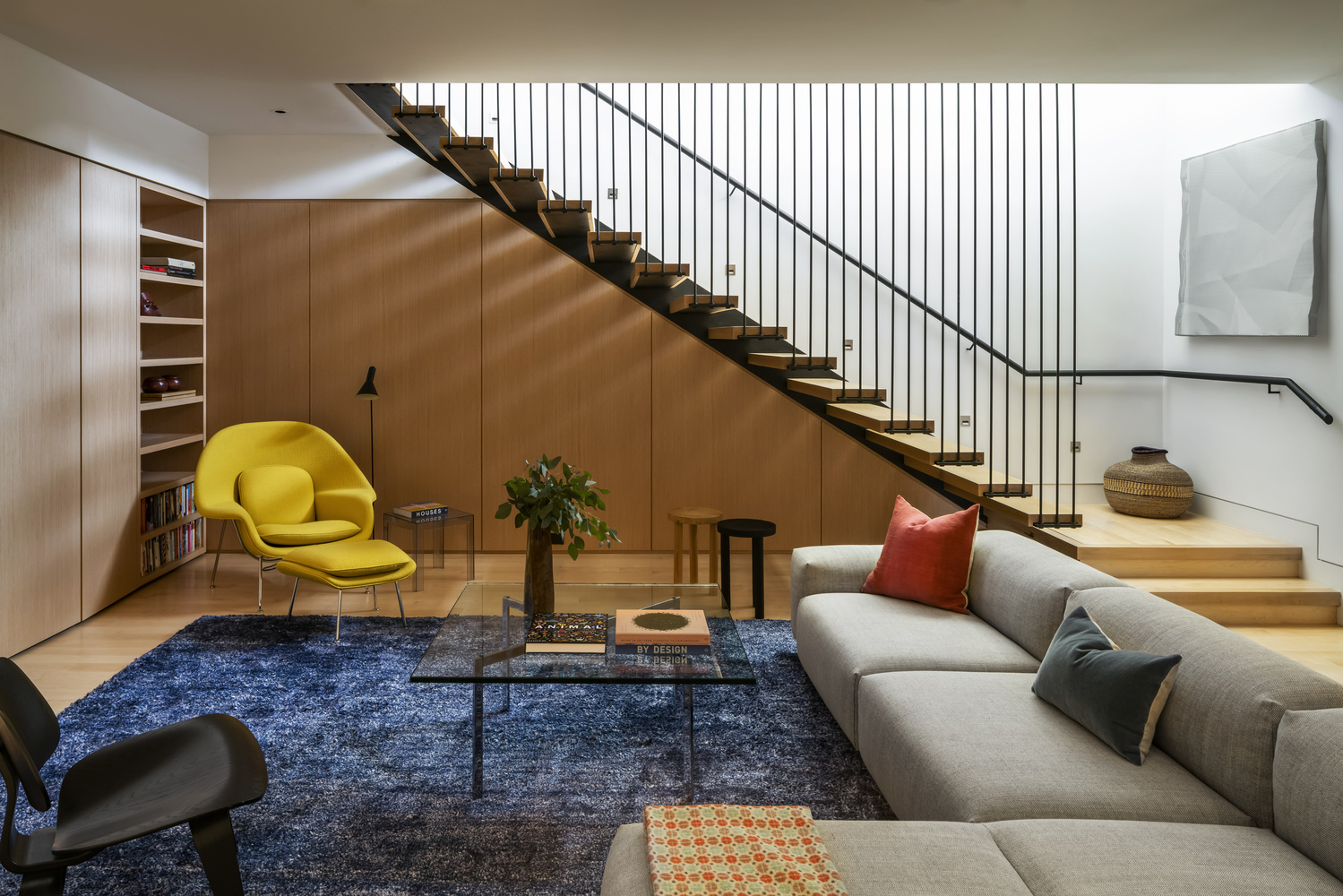From Stone to Steel-Wood: The Evolution of Staircase Materials and Design
The staircase, as a vital component of architecture, has undergone an evolution from simplicity to complexity and from uniformity to diversity in terms of materials and design. This progression, from traditional materials like stone, wood, and cement to modern stringer staircases, mirrors not only advancements in material technology but also the relentless pursuit of aesthetics, practicality, and safety by humanity. Below is a introduction to this transformative journey:
I. Development of Traditional Material Staircases
1. Stone Staircases
Stone staircases, boasting a rich history dating back to ancient civilizations, are renowned for their durability, elegance, and grandeur. Constructed from premium materials like marble and granite, these staircases offer superior load-bearing capacity and slip resistance. Initially adorning palaces, temples, and other majestic structures to underscore their solemnity and prestige, stone staircases have evolved over time with increasingly intricate designs, incorporating carving and inlay techniques that significantly enhance their decorative appeal.
2. Wooden Staircases
Wooden staircases, with their natural warmth and tactile appeal, are prevalent in both residential and public spaces. Easy to work with and install, wood offers sound insulation and shock absorption, making it a popular choice. However, its susceptibility to moisture and decay necessitates caution. Over their long history of use, wooden staircases have evolved alongside advancements in carpentry, with modern designs prioritizing harmony with overall home aesthetics. To extend their lifespan, modern designs often employ treatments like anti-rot and moisture-resistant coatings.
3. Cement Staircases
Cement staircases, which emerged in tandem with the ascendancy of modern construction materials, offer cost-effectiveness, ease of construction, and remarkable durability, albeit at times lacking in aesthetic charm. Prevalent in public buildings and residences, particularly where budgets are constrained, they have benefited from advances in concrete technology, resulting in improved construction quality and the incorporation of innovative materials that have significantly enhanced their visual appeal.
II. Development of Steel-Wood Staircases
As homeowners' standards for aesthetics and functionality in living environments have risen, traditional single-material staircases have fallen short of market demands. The steel-wood staircase, also known as stringer staircase, emerged as a solution, blending the strength of steel with the warmth of wood, becoming a favorite in modern home decor.
Modern stringer staircases are widely used in modern homes, villas, hotels, shopping malls, and other places, particularly in high-end residences like villas and duplexes.. With the continuous improvement of people's aesthetic concepts and the advancement of architectural technology, the designs of modern steel-wood staircases have become increasingly diverse and personalized. Designers have perfectly fused steel and wood through innovative design concepts and exquisite craftsmanship, creating staircase works that not only comply with ergonomic principles but are also full of artistic charm. Additionally, with the development of smart home technology, some modern steel-wood staircases have incorporated high-tech elements such as smart sensors and automatic lighting, bringing more convenience and surprises to people's lives.

The modern design of stringer staircases integrates the durability of steel with the natural beauty of wood, creating a practical yet artistically appealing stairway. Here are some key design features of steel-wood combined staircases:
1. Structural Design
Load-bearing Structure: The primary load-bearing components of the staircase are typically made of steel, such as cast steel fittings, seamless steel tubes, and flat steel. These steel frameworks offer high strength, resistance to wear and tear, and fracture, ensuring the stability and safety of the staircase.
Assembly Method: Steel-wood staircases often adopt a modular or segmented installation approach, where each step of the staircase is composed of several smaller pieces. This design facilitates easy installation and disassembly while enhancing design flexibility.
2. Material Selection
Steel: A variety of steel materials are used, including stainless steel and galvanized steel. These materials not only possess high strength but can also undergo surface treatments like painting and plating to achieve different decorative effects.
Wood: The wooden parts often utilize high-quality solid wood such as oak, ash, and beech. These woods offer not only aesthetic appeal but also a pleasant touch and comfort. Additionally, the wooden surfaces undergo treatments for anti-corrosion and moisture resistance to prolong their lifespan.
3. Shapes and Styles
Diverse Shapes: Stringer staircases can be designed in various shapes, including U-shaped turns, 90-degree right angles, spiral forms of 360 degrees or 180 degrees, adapting to different residential and commercial spaces.
Fusion of Modern and Classical: The design of stringer staircases can embody modern minimalist styles or integrate classical elements through material, color, and shape combinations, creating unique visual effects.
4. Practicality and Functionality
Space-saving: Stringer staircases occupy minimal space, making them ideal for small apartments or spaces with limited areas. Some foldable steel-wood staircases can even be retracted when not in use, further conserving space.
Storage Capabilities: Ingenious designs may incorporate storage spaces underneath the staircases, such as drawers or cabinets, enhancing their practicality.
5. Colors and Decorations
Color Matching: The color schemes of steel-wood staircases are versatile, allowing for selection based on overall interior design styles and personal preferences. The clean tones of stainless steel can be paired with the warm hues of solid wood, freeing staircases from monotony.
Decorative Elements: Decorative elements like carvings and inlays can be added to the handrails and treads, elevating the staircase's artistic appeal and visual enjoyment.
In summary, the modern design of steel-wood combined staircases showcases unique advantages and charm in their structure, materials, shapes, practicality, and decorations. As people's expectations for home environments continue to rise, steel-wood staircases are becoming an increasingly popular choice.
